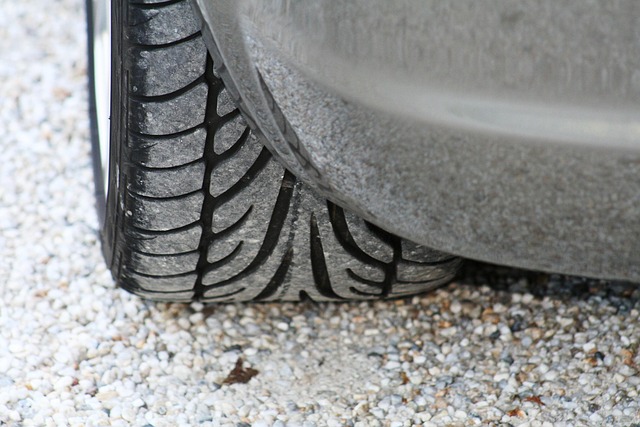Choosing the Right Stair Lift: A Guide for Homeowners
Are stairs becoming a challenge? Discover how a stair lift can significantly improve accessibility and safety in your home. Learn about various models, key features, and important considerations to make a well-informed decision that fits your needs and budget.
What are the main benefits of installing a stair lift?
Stair lifts offer numerous advantages for individuals with mobility challenges. They provide increased independence, allowing users to navigate stairs safely and comfortably. This enhanced mobility reduces the risk of falls and injuries, promoting a sense of security at home. Stair lifts also alleviate the physical strain on caregivers, making it easier to assist loved ones. Additionally, these devices can extend the time people can remain in their homes, delaying the need for relocation to assisted living facilities.
What types of stair lifts are available in the market?
There are several types of stair lifts designed to accommodate different staircase configurations and user needs:
- Straight stair lifts: Ideal for straight staircases without turns or landings.
- Curved stair lifts: Custom-made for staircases with curves, corners, or multiple landings.
- Outdoor stair lifts: Weather-resistant models designed for exterior stairs.
- Standing stair lifts: Suitable for users who have difficulty sitting or prefer to stand.
- Perch stair lifts: A hybrid option allowing users to lean against a small seat while partially standing.
Each type offers unique benefits, and the choice depends on your specific staircase layout and personal requirements.
What key features should you look for in a quality stair lift?
When selecting a stair lift, consider the following essential features:
- Safety sensors: To detect obstacles and prevent collisions.
- Swivel seats: For easier entry and exit at the top and bottom of the stairs.
- Foldable design: To save space when not in use.
- Battery backup: Ensures operation during power outages.
- Remote controls: For convenient operation and calling the lift from different floors.
- Adjustable armrests and footrests: For maximum comfort and adaptability.
- Weight capacity: Ensure it accommodates the user’s needs.
- Smooth start and stop: For a comfortable ride without jerky movements.
These features contribute to the overall safety, comfort, and usability of the stair lift.
How do you determine the right stair lift for your budget?
Selecting the right stair lift involves balancing your needs with your budget. Consider the following factors:
- Staircase type: Straight stair lifts are generally less expensive than curved models.
- New vs. refurbished: Refurbished units can offer significant savings.
- Features: Basic models are more affordable, while advanced features increase costs.
- Installation: Factor in professional installation costs.
- Long-term value: Consider durability and warranty coverage.
- Energy efficiency: Look for models with low power consumption to save on electricity bills.
It’s important to get quotes from multiple providers and compare the total cost of ownership, including installation and maintenance.
What interesting facts should you know about stair lifts?
Stair lifts have a rich history and continue to evolve with technological advancements. The first stair lift was invented in the 1920s by C.C. Crispen, who created it to help his ailing friend navigate stairs. Modern stair lifts can carry weights up to 350 kg and travel at speeds of 0.1 to 0.15 metres per second. Some advanced models now incorporate smart home technology, allowing users to control the lift via smartphone apps. In the UK, VAT relief is available on stair lifts for individuals with certain medical conditions, potentially reducing the overall cost.
What are the installation and maintenance expectations for stair lifts?
Installation of a stair lift typically takes between 3-5 hours for straight stairs and 1-2 days for curved stairs. Professional installation is recommended to ensure safety and proper functioning. Most stair lifts are attached to the stair treads rather than the wall, minimizing structural changes to your home.
Maintenance requirements vary by model, but generally include: - Annual servicing by a qualified technician - Regular cleaning of the track and carriage - Battery checks and replacement every 1-2 years - Lubrication of moving parts as recommended by the manufacturer
Here’s a comparison of installation and maintenance aspects for different types of stair lifts:
| Stair Lift Type | Installation Time | DIY Installation Possible | Annual Maintenance Cost Estimate |
|---|---|---|---|
| Straight | 3-5 hours | Sometimes | £50 - £100 |
| Curved | 1-2 days | Rarely | £75 - £150 |
| Outdoor | 4-6 hours | Not recommended | £100 - £200 |
| Standing/Perch | 3-5 hours | Not recommended | £50 - £100 |
Prices, rates, or cost estimates mentioned in this article are based on the latest available information but may change over time. Independent research is advised before making financial decisions.
In conclusion, stair lifts offer a valuable solution for enhancing mobility and independence at home. By understanding the types, features, and considerations discussed in this guide, you can make an informed decision when choosing the right stair lift for your needs and budget.
The shared information of this article is up-to-date as of the publishing date. For more up-to-date information, please conduct your own research.





